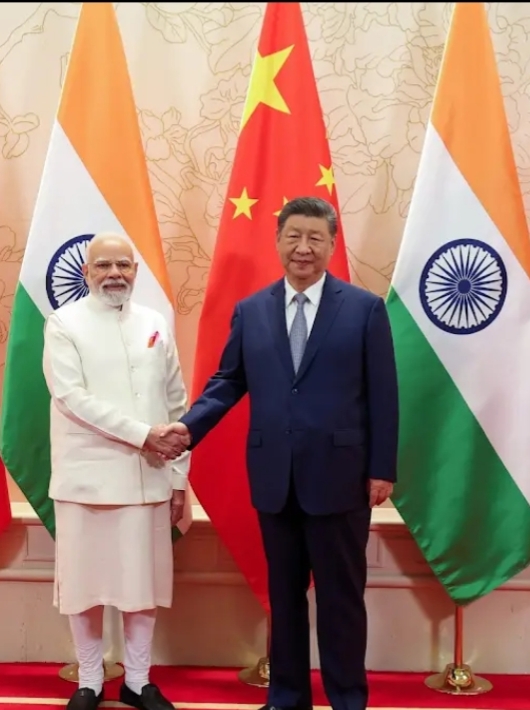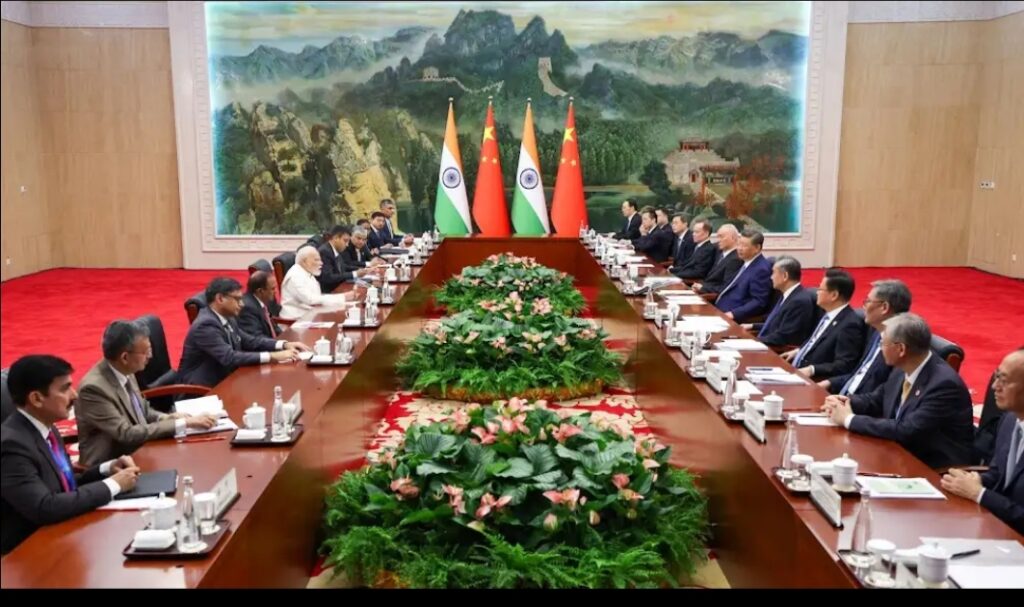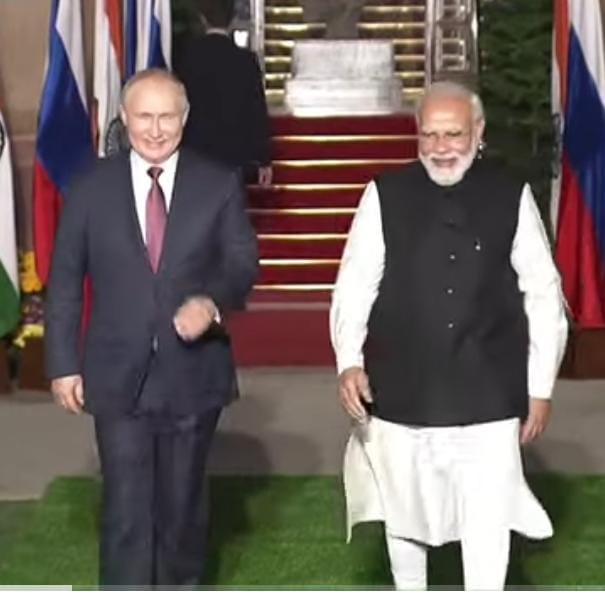


INDIA CHINA RUSSIA AXIS : A MANUFACTURD ILLUSION
The recent media chatter about an emerging India–China–Russia axis is not grounded in geopolitical reality but in manufactured illusion. This narrative has been deliberately spun by the Narendra Modi government to mask its failures on the diplomatic front and to distract the domestic population with grandiose claims of global leadership. Far from being a realistic possibility, such an alliance is riddled with contradictions and is better understood as pseudo propaganda than policy.
At the core of this falsehood lies the hard fact that India and China are not partners but natural rivals. Geopolitically and geostrategic ally, their interests are in direct collision. China seeks undisputed hegemony in Asia; India seeks a multipolar Asia where no single power dominates. China sees South Asia as its backyard, investing in Pakistan, Nepal, Sri Lanka, Myanmar, and even Bhutan to encircle India. India, by contrast, seeks influence across the Indian Ocean, freedom of navigation, and strong partnerships with the U.S., Japan, and Australia through the Quad—all designed to counterbalance Beijing’s assertiveness. Their objectives are not just divergent; they are irreconcilable. To imagine them in an alliance is to deny the very foundation of Asian geopolitics.
Russia’s place in this triangle only deepens the contradictions. Once India’s most reliable defence partner, Russia today stands weakened and dependent—leaning heavily on China for markets, technology, and survival in the wake of the Ukraine war. Moscow’s tilt towards Beijing leaves New Delhi in the awkward position of being the junior-most partner in any such axis, exposed and without leverage. Far from elevating India, such an arrangement would reduce it to a pawn.
The fatal flaw in this “axis” narrative is China’s own economic compulsions. Despite its posturing, China cannot afford alienation from the United States. Its massive reserves, sovereign wealth, and global trade surpluses are denominated in U.S. dollars. The dollar remains the backbone of China’s liquidity and financial stability. A collapse of the U.S. economy or dollar system would cripple Beijing, leaving it scrambling for solvency. For all its anti-Western rhetoric, China’s prosperity is tethered to the very system it pretends to oppose. To imagine Beijing jeopardising this interdependence for an anti-U.S. alliance with India and Russia is simply absurd.
What makes this propaganda even more hollow is India’s own confused positioning. On the one hand, the Modi government has put its weight behind the Quad—aligning closely with the U.S., Japan, and Australia—to counterbalance China in the Indo-Pacific. On the other, it trumpets its role in BRICS, an institution increasingly dominated by China, claiming it will create an alternative to the dollar. These are contradictory strategies: one tethered to the U.S.-led order, the other to Beijing’s ambitions. Instead of a coherent doctrine, what emerges is confusion, opportunism, and empty rhetoric. India under the Modi regime has no clear vision or stand—only a desperate bid to look significant on every stage, even when the stages themselves clash in purpose.
This stands in stark contrast to the foundational principles of Indian foreign policy. For decades, India championed non-alignment—not as passivity, but as an assertion of independent judgment. India believed in taking positions on issues, not individuals; in aligning with principles, not power blocs. This enabled India to navigate the Cold War without surrendering its autonomy, to speak for the developing world, and to retain moral authority in international debates. The Modi government’s swing between competing camps and its reliance on optics over substance mark a dangerous departure from this tradition of issue-based diplomacy.
The truth is unavoidable: the permanent interests of India, China, and Russia do not align and never will. China seeks hegemony and sees India as a competitor. India seeks balance and views .
[Writer is a Senior Journalist and Political Commentator]





